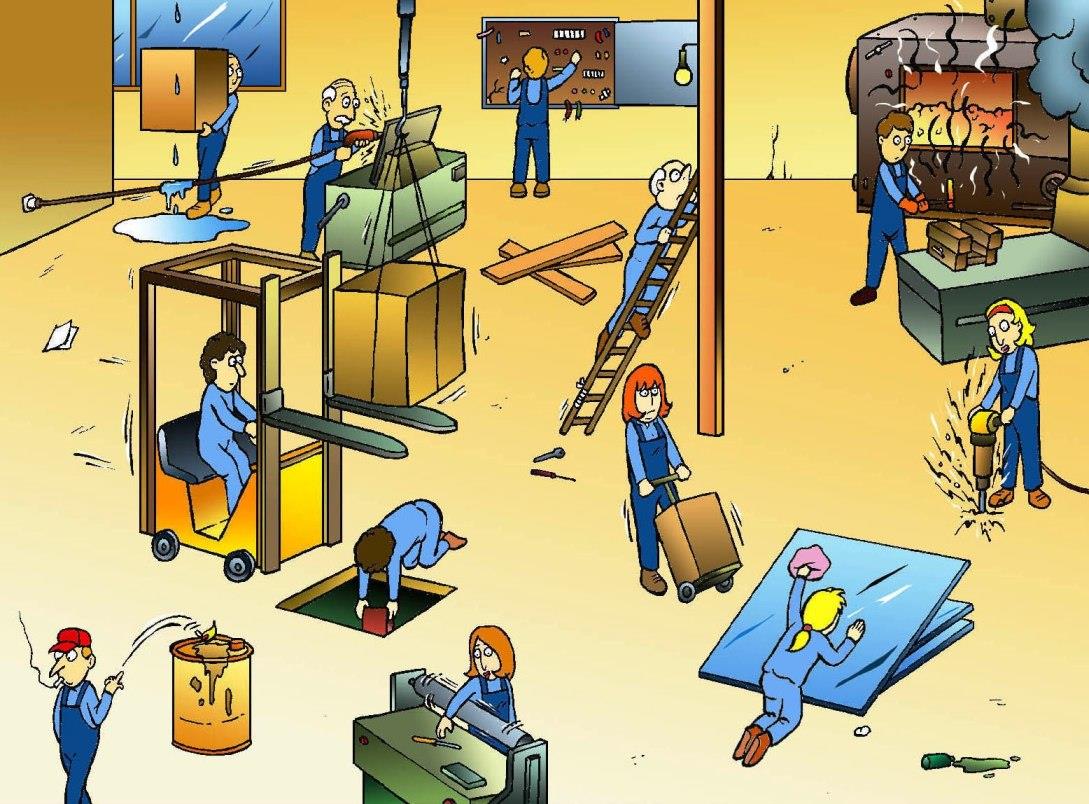Take a look around you right now. Everything you see, from the clothes on your back, to the phone or computer in your hand, to the chair you are sitting on, it’s all made from materials. Plastic, metal, fabric, wood, glass, the list goes on.
But while we are very familiar with everyday materials like those, there’s another fascinating world of advanced materials driving innovation all around us. You might not realize it, but many of the products you use daily rely on specially engineered, high-tech materials to function safely, effectively, and efficiently.
What Are Advanced Materials?
Advanced materials are innovative substances that have been designed and fabricated to possess very specific, enhanced properties suited for particular applications. This could mean being extremely lightweight yet strong, highly heat-resistant, exceptionally insulating, or able to conduct electricity with incredible efficiency.
Advanced materials often combine two or more conventional materials in unique ways to create new composites with hybrid functionalities. Carbon fiber reinforced plastics and aerogel are perfect examples of these composite advanced materials.
They’re All Around You
Do not think advanced materials only apply to rocket ships and robots, though. These high-tech marvels are surprisingly widespread across all kinds of common products:
- Sports Equipment – Tough, lightweight composites like carbon fiber make bicycles, baseball bats, golf clubs and tennis rackets better performing and more durable.
- Outerwear – Breathable, water-repellent fabrics with special coatings are used in high-performance outdoor apparel and gear.
- Home Insulation – Rigid foam products using expanded polystyrene (EPS) made by companies like Epsilyte, provide excellent insulation in an affordable, lightweight EPS product.
- Electronics – Specialized conductive polymers and ceramics are crucial for microchips, circuit boards and many digital devices.
- Cleaning Items – Anti-microbial nanoparticles are added to disinfecting cleaners, sanitizing sprays and air filters.
As you can see, the role of advanced materials in everyday life is bigger than you might think. They quietly enable many product improvements we take for granted.
Innovating and Improving
Not only have advanced materials made many existing products better, but they have also enabled the development of entirely new products and technologies that simply wouldn’t be possible otherwise. Some key examples:
- Fuel Cells – Advanced polymer membranes are core components allowing these efficient, zero-emission energy sources to operate.
- Flexible Electronics – Specialized inks containing advanced nanoparticles allow circuits to be printed onto bendable, foldable surfaces.
- Stealth Technology – Radar-absorbing composites make aircraft, missiles, and other vehicles virtually invisible to detection systems.
- 3D Printing – Many of the high-performance polymers, metals and ceramics used in industrial 3D printing are advanced materials.
And innovators are continuously developing new advanced materials to unlock even more groundbreaking applications and products across all industries.
The Need for Sustainable Solutions
As amazing as these modern material marvels can be, the processes to create many of them aren’t so environmentally friendly. Substantial amounts of energy and resources are required, while harsh chemicals are often involved too.
That’s why there’s a big focus today on advancing more sustainable production processes and shifting to eco-conscious materials with lower environmental impacts. Innovations like bioplastics, self-healing materials, and materials derived from recycled or natural sources are a few examples of greener advanced materials.
Conclusion
The role of advanced materials in modern life is undeniably huge and rapidly growing. Scientists, engineers, and manufacturers across the globe are perpetually developing new classes of smart materials that aim to be tougher, lighter, more energy-efficient, better conducting and more multi-functional than ever before.
From self-cleaning coatings to self-healing materials that automatically repair themselves, the advanced materials landscape will keep blowing our minds in the years ahead. One thing is certain; these modern wonder materials have thoroughly changed the world and will only keep shaping it further.
Stay in touch to get more updates & news on Thehomesnap!
